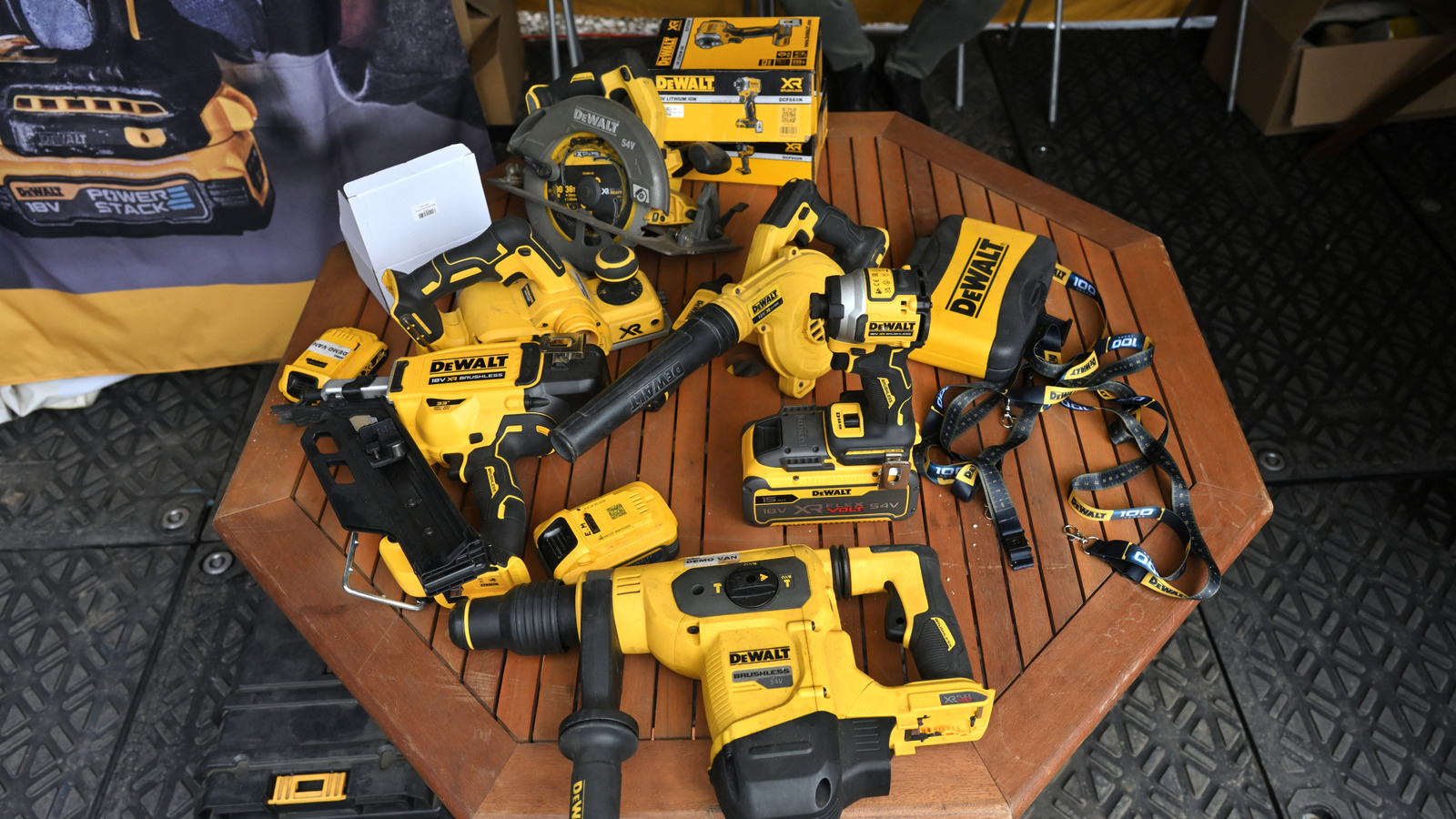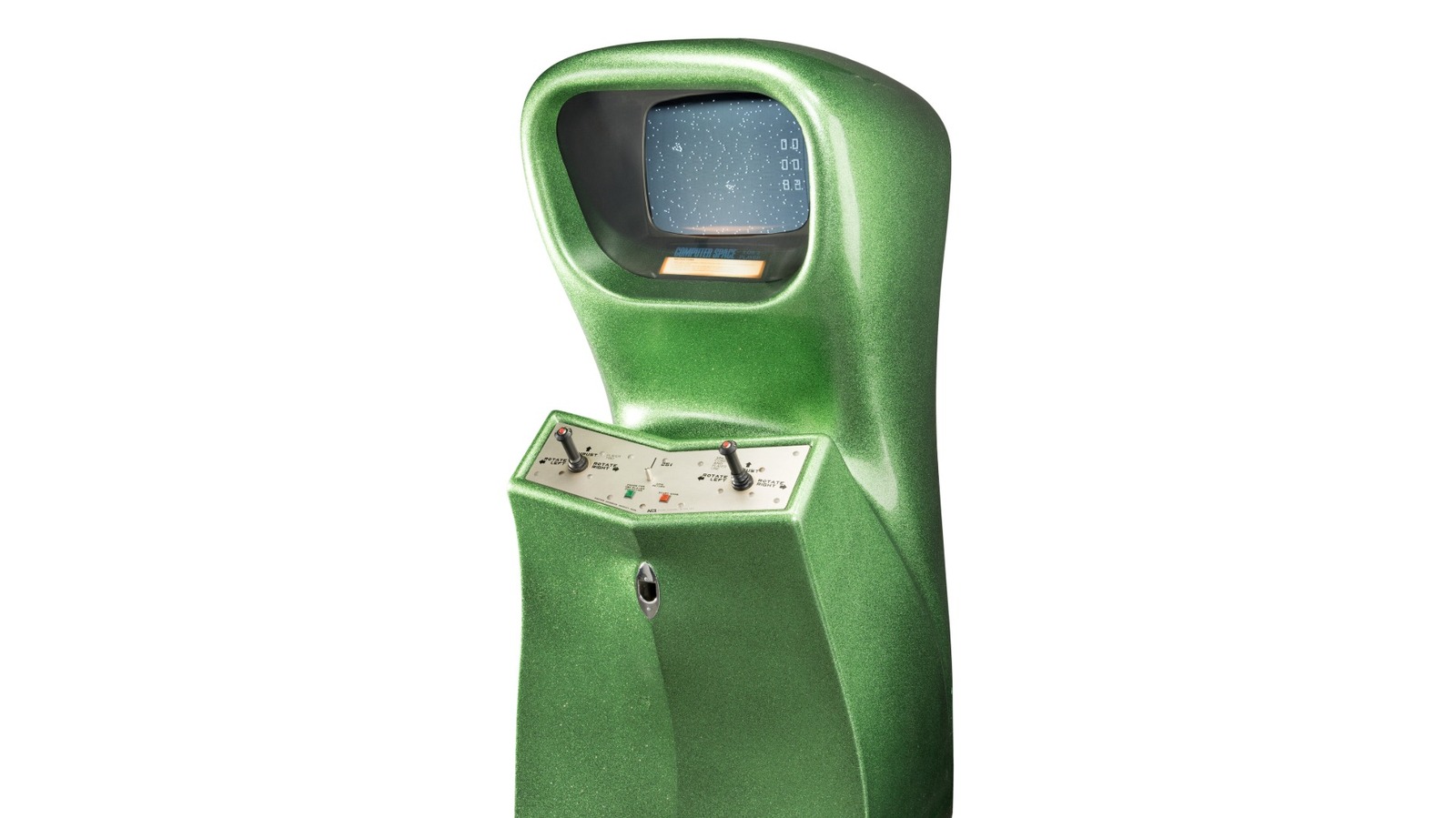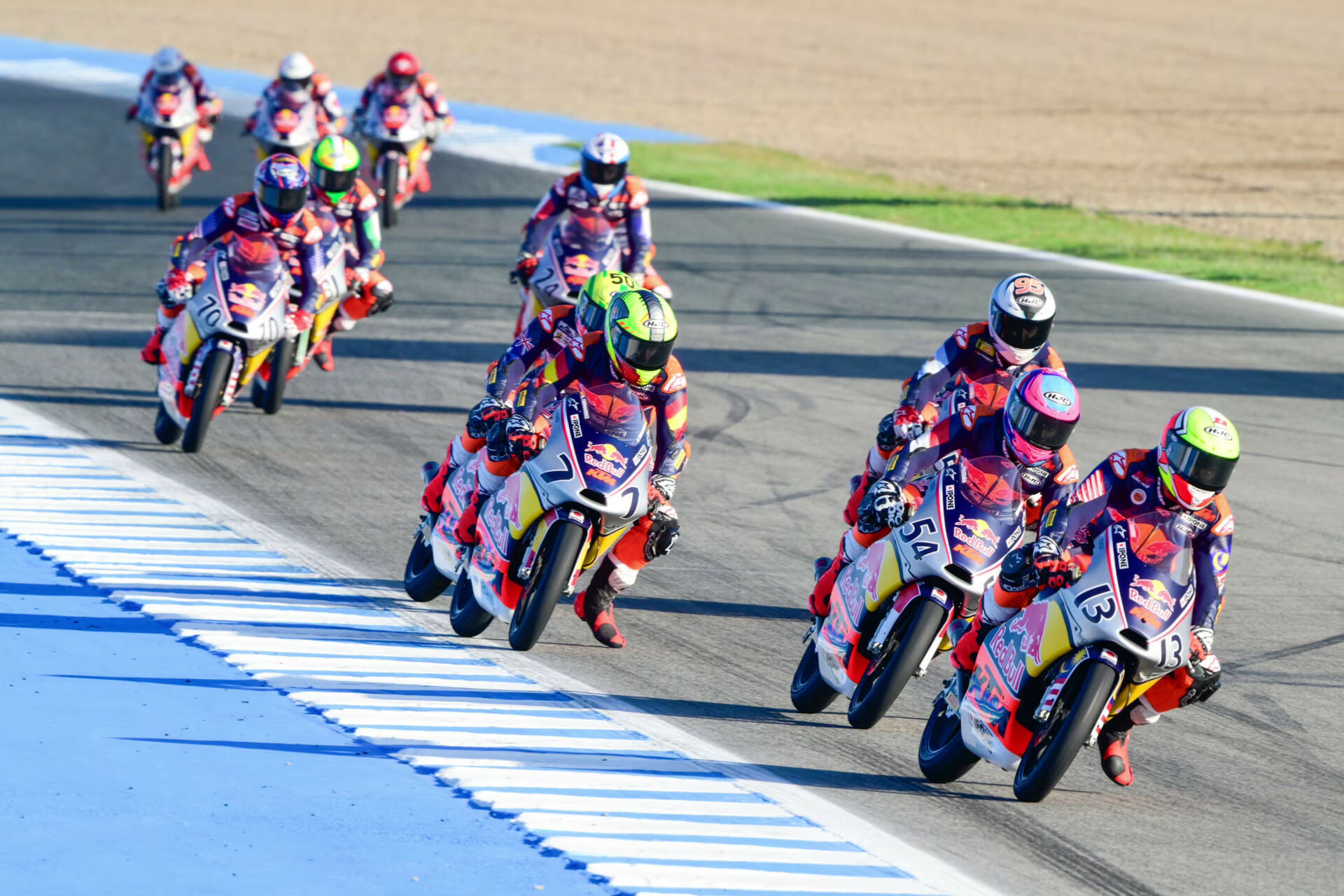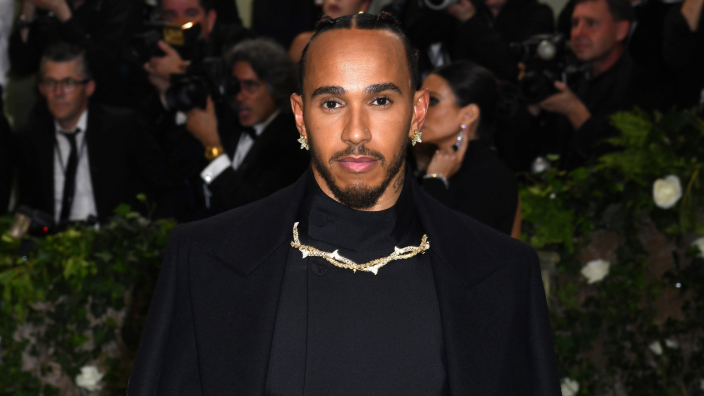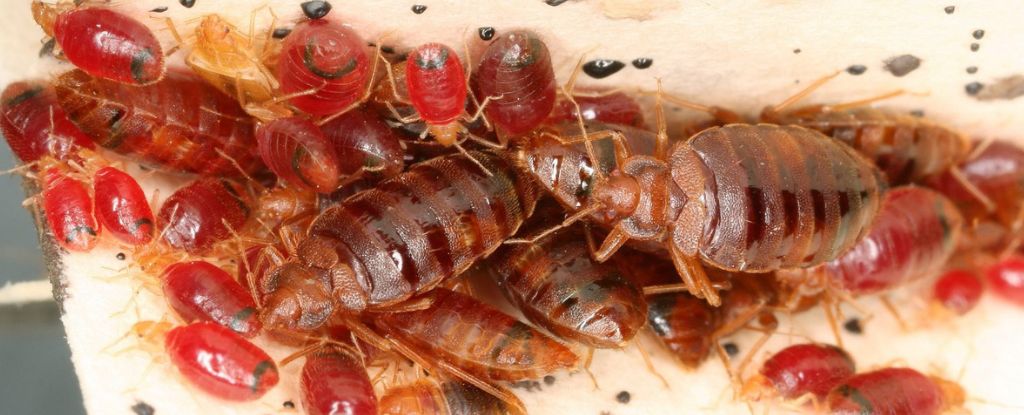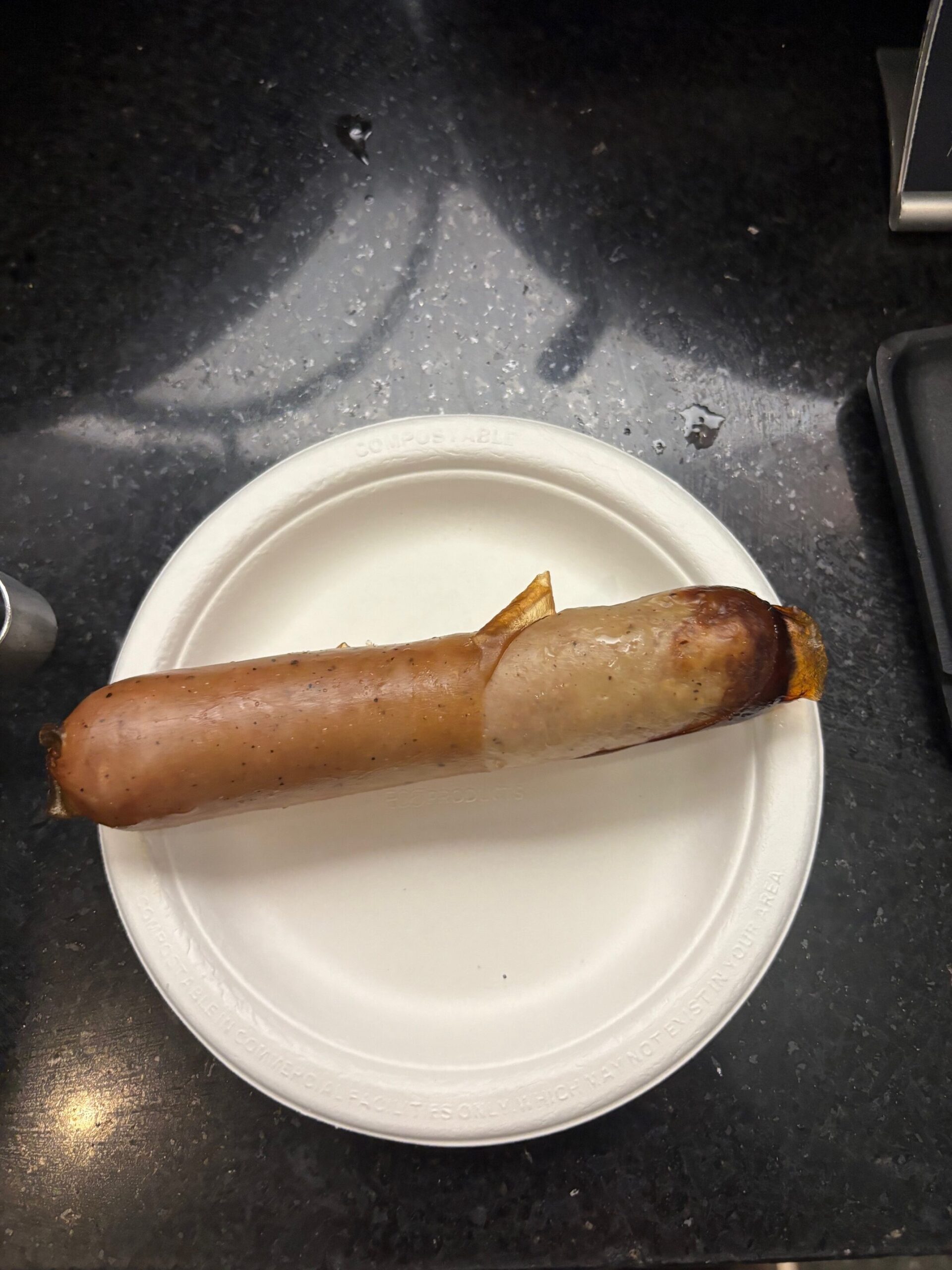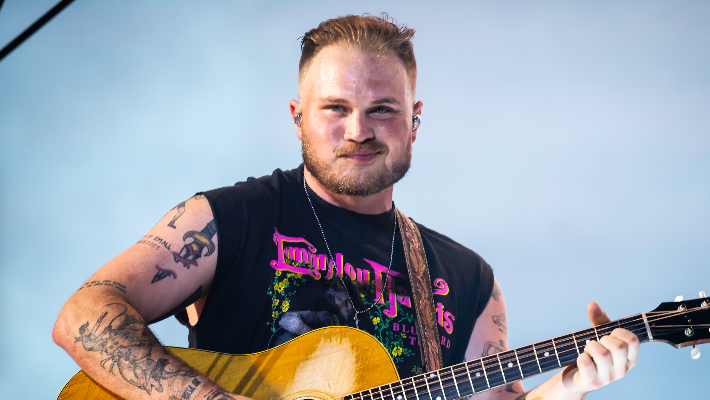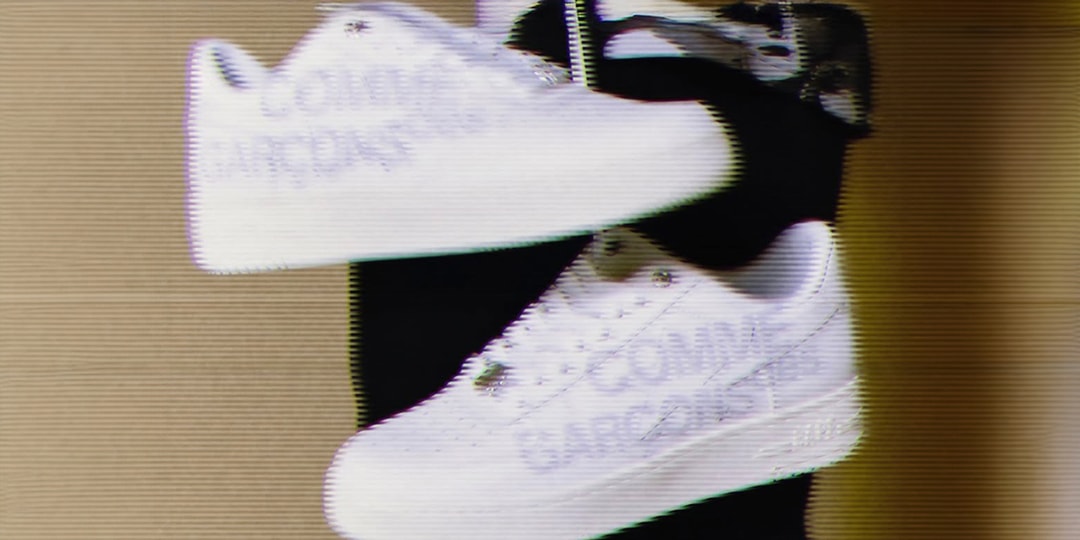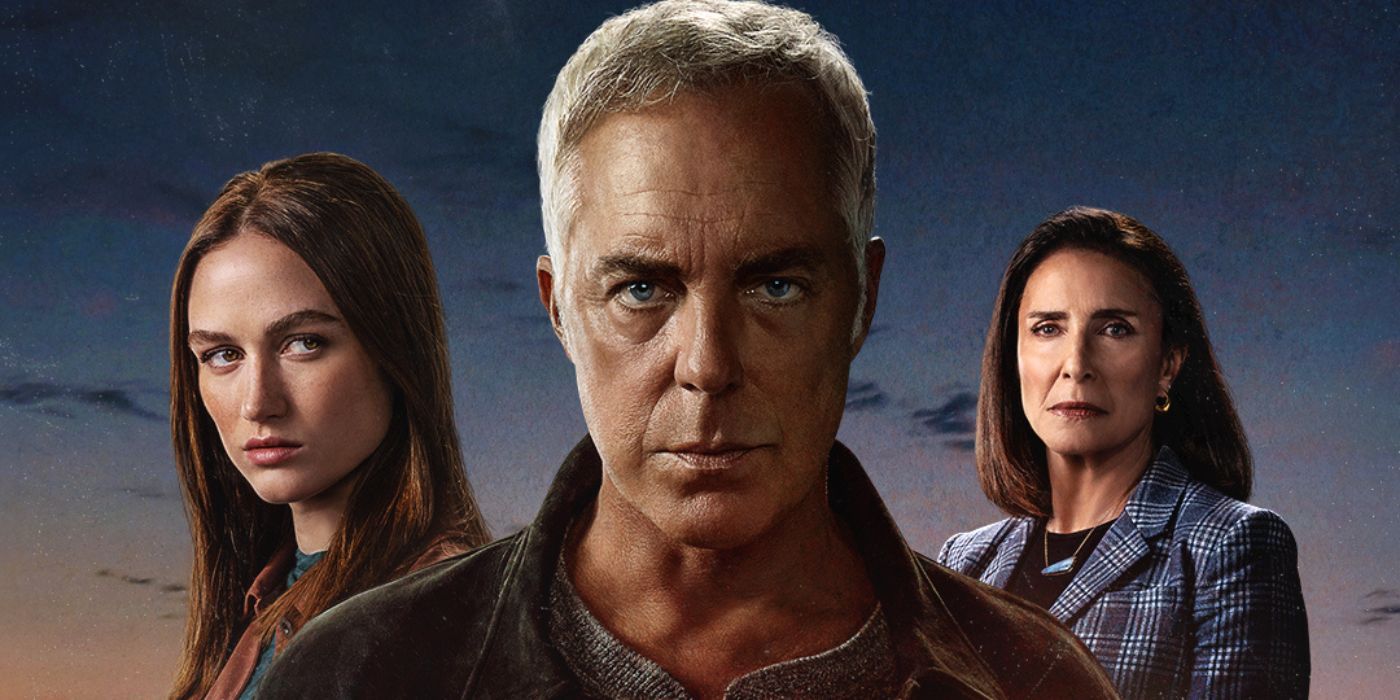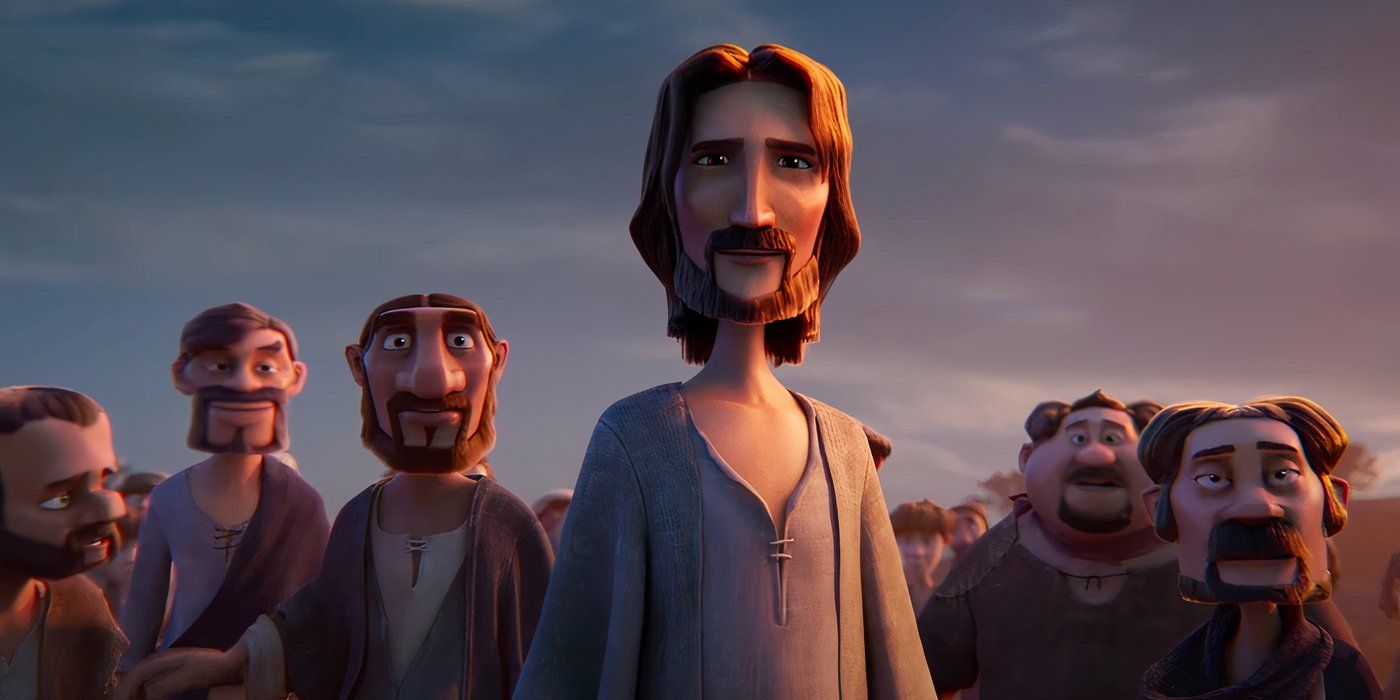How David Cronenberg Turned ‘The Shrouds’ From a Failed Netflix Series Into One of His Most Personal Movies
Vincent Cassel stars as a man who develops a high-tech cemetery in a film inspired by the death of the filmmaker's wife The post How David Cronenberg Turned ‘The Shrouds’ From a Failed Netflix Series Into One of His Most Personal Movies appeared first on TheWrap.
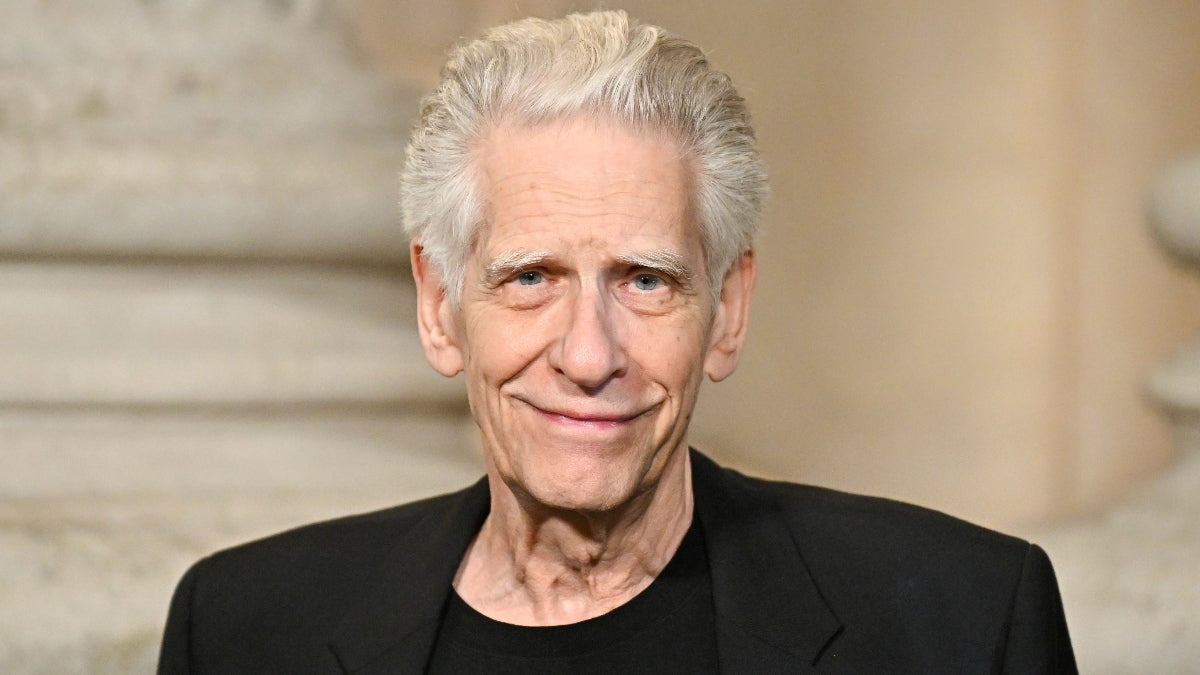
Before the pandemic, David Cronenberg pitched a series to Netflix.
The director of movies like “Videodrome,” “The Fly” and “eXistenZ” – stories that investigated the dangerous frontier of cutting-edge technology – said that he was interested in streaming as a new form of cinema. “I thought it was really cinema, but it’s not traditional movies – it’s kind of interesting to do, let’s say an eight-hour movie. I thought that’s a form that I maybe would explore,” Cronenberg said. He pitched them an idea that was based on a recent personal tragedy – in 2017 Cronenberg lost his wife of 43 years to cancer. She was only 66.
He told them the story of what would eventually become “The Shrouds” (now in theaters nationwide) – it would follow a man named Karsh (eventually played by Vincent Cassel, looking very much like Cronenberg), whose wife had tragically died. Bereaved, he concocts the idea for a 21st century cemetery, one that will allow you, through cutting edge technology, to watch your loved one decompose in their respective coffin. One night, the graves are vandalized, leading Karsh to investigate a mystery both literal and metaphysical.
Cronenberg has frequently mined his personal life for his films. Perhaps most famously “The Brood,” his 1979 classic that ends with Samantha Eggers biting into a gooey egg sack, was inspired by a bitterly contentious custody battle with his first wife Margaret Hindson. “The Shrouds” was no different.
The filmmaker met with some of the top executives on the series side, who gave him the go-ahead to create what, in Netflix lingo, is called a “prototype.” (“It’s basically the first episode,” Cronenberg said.) After turning in the prototype, the executives gave him the go ahead to write the second episode. After he turned it in, they said they weren’t going to move forward with the series.
When Cronenberg asked them why, “because they didn’t seem to want to talk to me about changing things or changing something that was bothering them,” they told Cronenberg, “It wasn’t what we fell in love with in the room.” “I thought that was a very Hollywood thing to say,” Cronenberg said. “I was hoping that Netflix would not be like old Hollywood, but would be a little more edgy or a little more understanding.”

It started to dawn on the filmmaker: what they fell in love with was the story of Cronenberg and his wife. During his pitch there was a young person in the room who said, “Where did this come from?” And Cronenberg replied, in a line that eventually made it into the final movie, “How dark are you willing to go?” That’s when Cronenberg talked about what had happened, like the idea that when his wife was being buried, “I really wanted to get in the coffin with her.”
He could tell that the Netflix executives were shocked but also intrigued. “Maybe they thought that the movie would be a sentimental romance about death and you’re losing your girlfriend. I have no idea. I still don’t know,” Cronenberg said.
Ultimately, Cronenberg got the last laugh – the two scripts that Netflix had commissioned became the basis for “The Shrouds” movie.
There were some adjustments, for sure. With the series, each episode would have taken place in a different city. (Cronenberg was amazed that the expense associated with this idea wasn’t cited as a reason that Netflix was dropping the project.) “They would go to these placed and get involved with the politics and the economics and the religious aspects of burial in each of those countries, trying to establish the strange, high-tech cemetery,” Cronenberg said. “Each episode, you’d have a different set of characters. Karsh would always be there. I have a lot of notes, but I never got a chance to develop it further than that.”
Cronenberg was able to condense the narrative while still hanging onto some of the ideas that made “The Shrouds” so special in the first place. “You always hope that your characters feel like they’re going to live past the end of the movie and have a life in the real world, so this would be no different than that,” Cronenberg said. Even a glimpse at “The Shrouds” is completely satisfying.
And things could have been different. “The Shrouds” could have not been made at all. This is a recurring theme in Cronenberg’s career, with a number of projects that have fallen through over the years, including, incredibly, a sequel to “Eastern Promises” that would have reunited him with screenwriter Steven Knight and stars Viggo Mortensen and, presumably, Cassel. “You have projects that collapse for seemingly no reason and projects that go ahead that you’re surprised actually got made,” Cronenberg said. Other projects that never saw the light of day included a “Fly” legacy sequel and his take on Mary Shelley’s classic “Frankenstein.”
But did making “The Shrouds” prove cathartic in any way? Did he feel better after the movie was done?
“No,” Cronenberg said, concisely. He said he’s asked the question a lot since the film premiered at Cannes last summer. And the answer is always the same. “Art is not therapy. If I had not made the movie, I would be feeling exactly the same way as I do now, in terms of my emotion, my attachment to my past and my wife,” Cronenberg explained.
People talk about legacy, but Cronenberg said that making “The Shrouds” was like making his very first movie. “I know that, though the movies will connect in some way, because it’s my sensibility, I don’t refer to them. I don’t think about my other movies,” he said.
It certainly connects to his other movies, thanks to the presence of Cassel, who has been a consistent late-career collaborator, appearing in “Eastern Promises” and “A Dangerous Method” (as real-life Austrian psychoanalyst Otto Gross). “He projects a charismatic intelligence,” Cronenberg said. (Perfect, then, as a Cronenberg stand-in.) “I’ve always liked actors who are more like character actors as opposed to leading men or women. They have a feeling of more texture. Vincent has a lot of texture, let’s put it that way.”
And while Cronenberg might not think about other movies, other filmmakers are certainly thinking about his movies. Luca Guadagnino’s “Queer,” for instance, is in dialogue as much with Cronenberg’s adaptation of “Naked Lunch” as it is with William S. Burroughs’ original novel “Queer.” Cronenberg points to a moment in “Queer” where that film’s Burroughs surrogate gives a monologue that Cronenberg’s Burroughs surrogate gives in “Naked Lunch.”
Cronenberg said that he got along well with Burroughs and asked the author if he could use some elements from Burroughs’ life into the movie. “I said, ‘I really want to incorporate some of your life, the part where you accidentally shot and killed your wife, and I want to incorporate some of your other works into the movie.’ And he said, ‘Yeah, I don’t separate my life from my work, do whatever you want,’” Cronenberg said. “It’s legitimate for Luca, who’s doing the book ‘Queer,’ to incorporate the same stuff but of course his movie has a very different feel overall.” Cronenberg is a big fan of “Queer.” “I think they would be a great double bill, frankly,” Cronenberg said.
Cronenberg just turned 82 and has said that “The Shrouds” could be his last film, something he still maintains. “You never know which movie is going to be your last movie,” he said. The hardest part of moviemaking these days, he said, is promoting the movie. In the same amount of time, he said, he could make another film. “It’s fun but it’s exhausting and it’s not creative in the basic way of creating another movie or writing a novel. It can be cathartic to a point but after that …” Cronenberg said. He maintains that he has been talking to producers about projects. “I don’t think I’m finished with movie making yet but you never know, you need a lot of steam to make a movie,” he said.
If he weren’t making a movie, he’d probably work on another book (his lone novel was 2014’s “Consumed”). “It’s not like Soderbergh, who has made his last movie about five times at least,” Cronenberg said. He points to other artistic endeavors, like the opera version of “The Fly” that he directed in 2008.
As he is reaching the end of his career, Cronenberg said that people have been coming up and telling him just how much his movies mean to them. He doesn’t seem particularly sentimental, but you can tell that he is moved by the outpouring. “It’s very delicious and very, very lovely,” Cronenberg said. “You are making movies for other people. And if the movies mean something to them, then it’s very sweet. It really is.”
Cronenberg is, after all, one of the few filmmakers in the history of cinema with a style and point-of-view so specific that it has inspired an adjective – Cronenbergian. As a young filmmaker he was aware of terms like Fellini-esque or Bergman-esque. “I thought that if you perhaps really contributed something to world cinema, then you should be an adjective – your goal would to become an adjective,” Cronenberg said. “If there’s Cronenbergian, I’m all for it.”
But would he attempt to make another streaming series?
“Never say never,” Cronenberg answered, in a coy, Cronenbergian way.
“The Shrouds” is out nationwide right now.
The post How David Cronenberg Turned ‘The Shrouds’ From a Failed Netflix Series Into One of His Most Personal Movies appeared first on TheWrap.




















